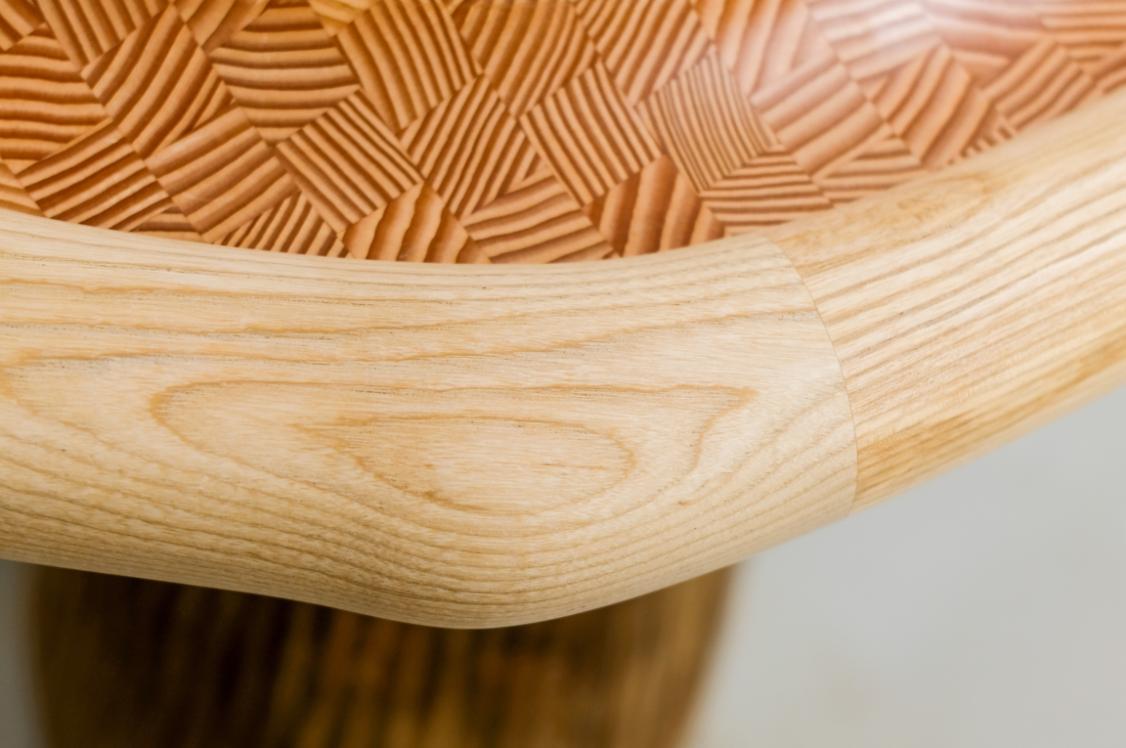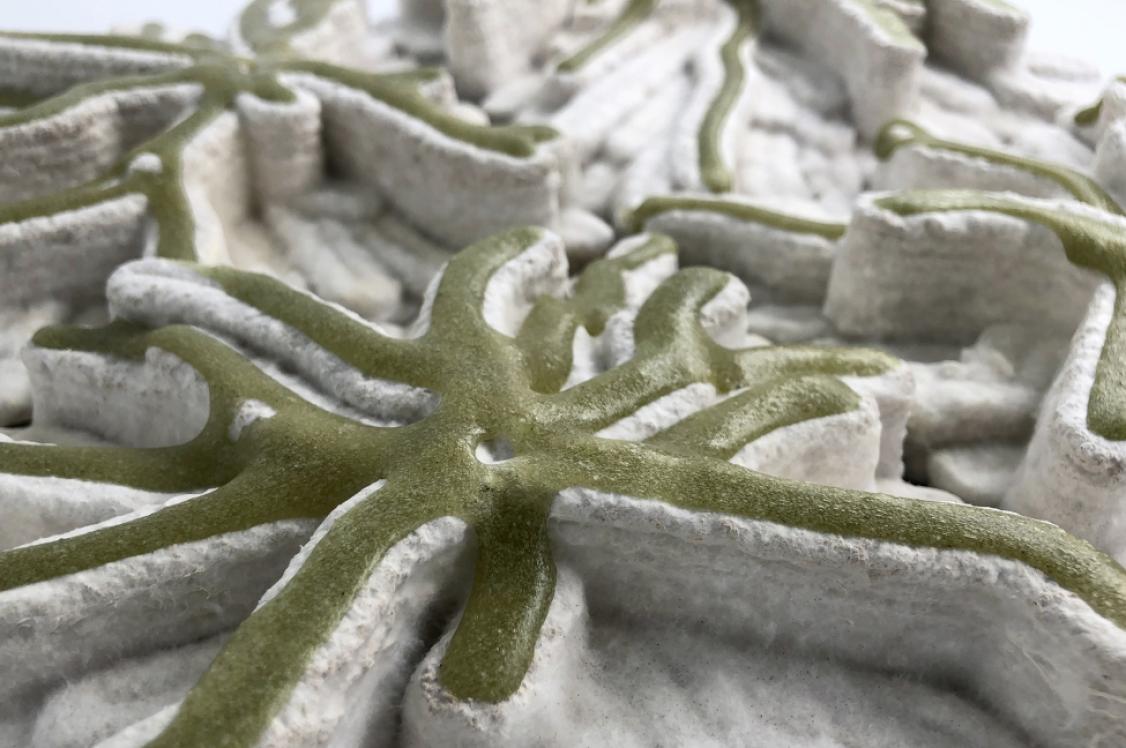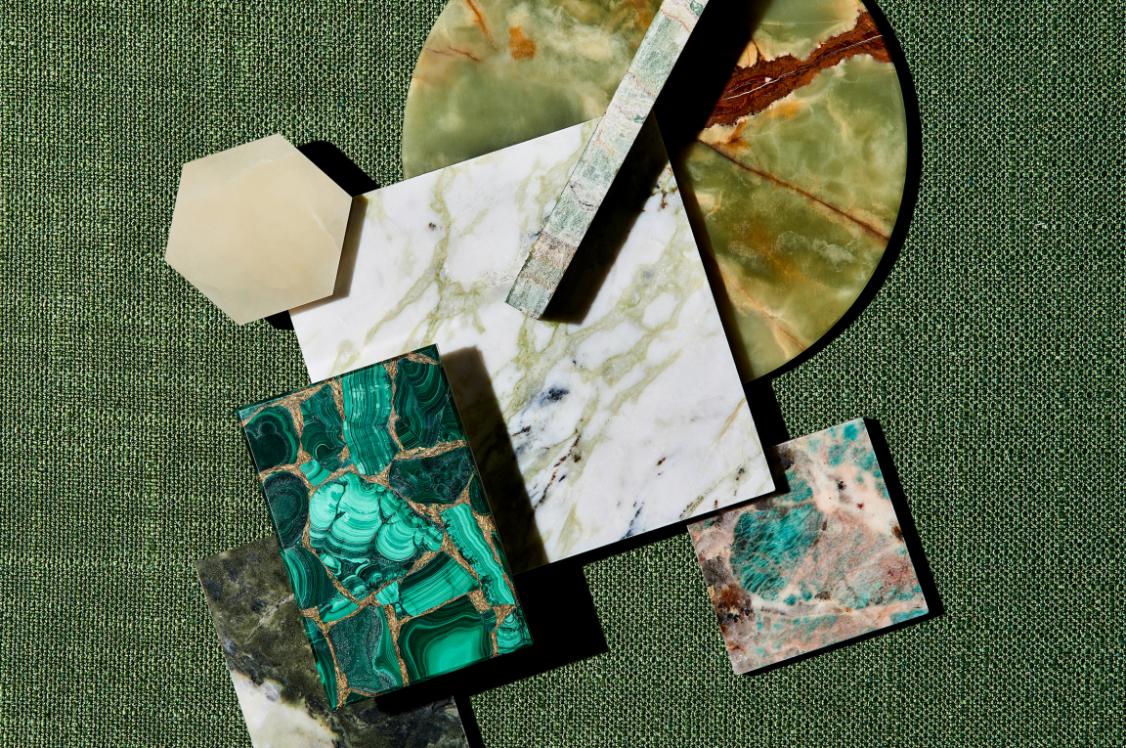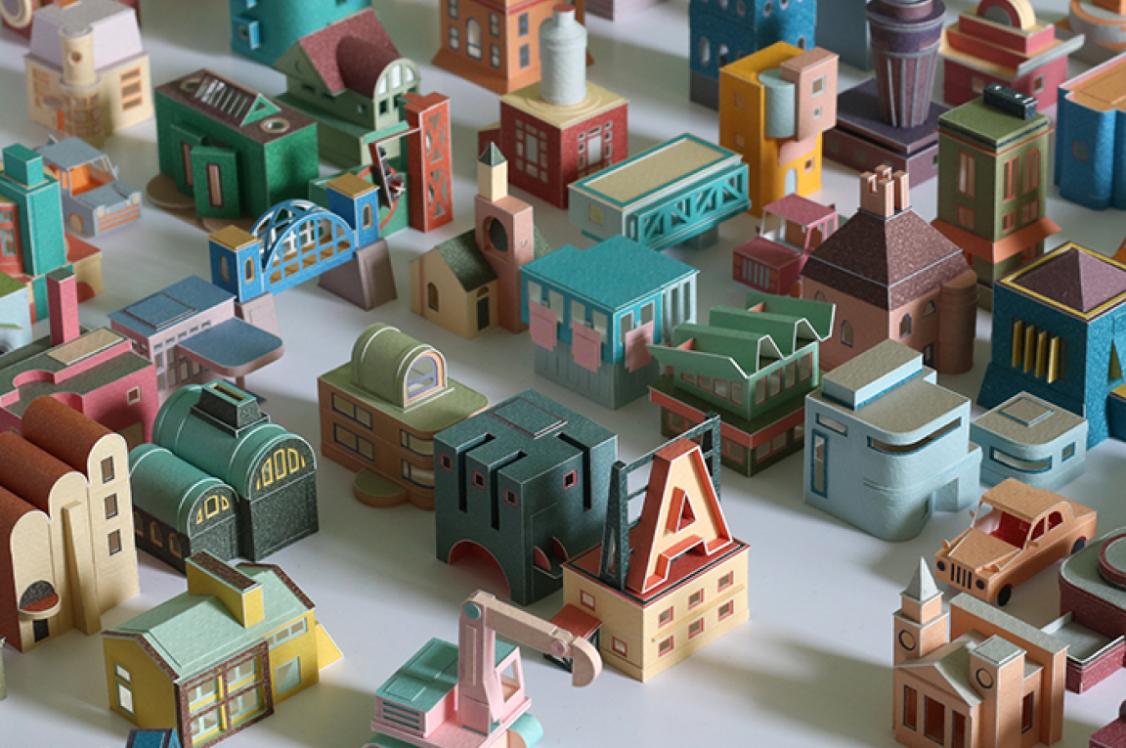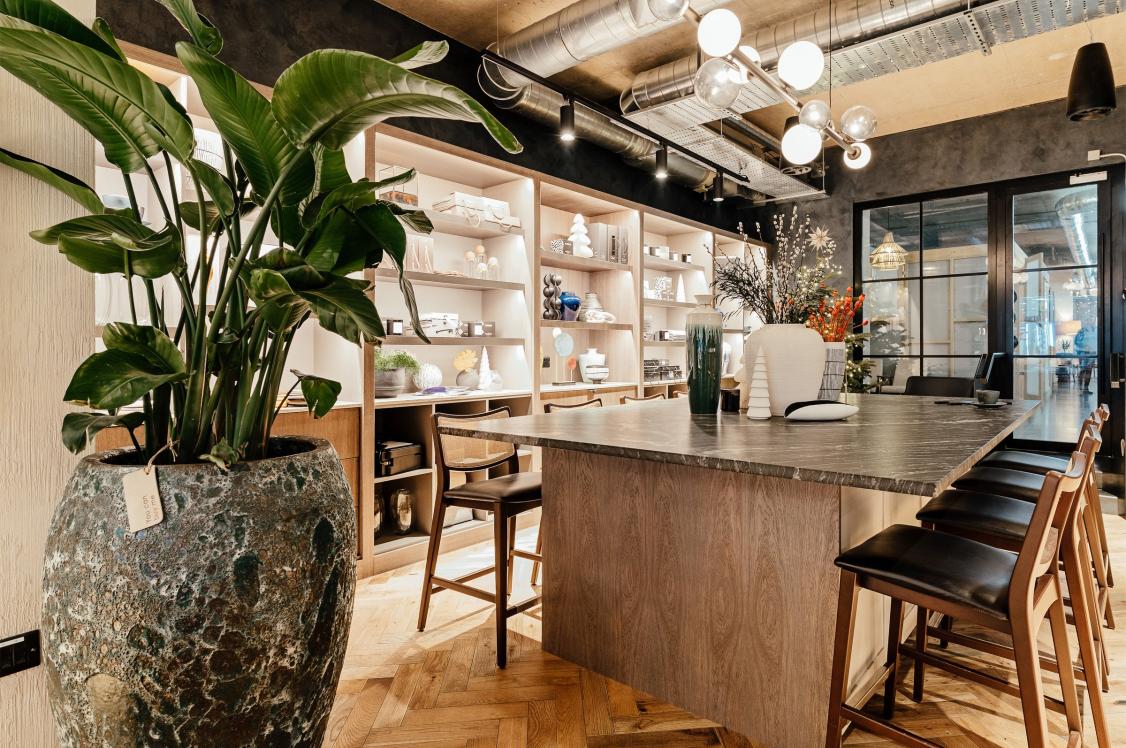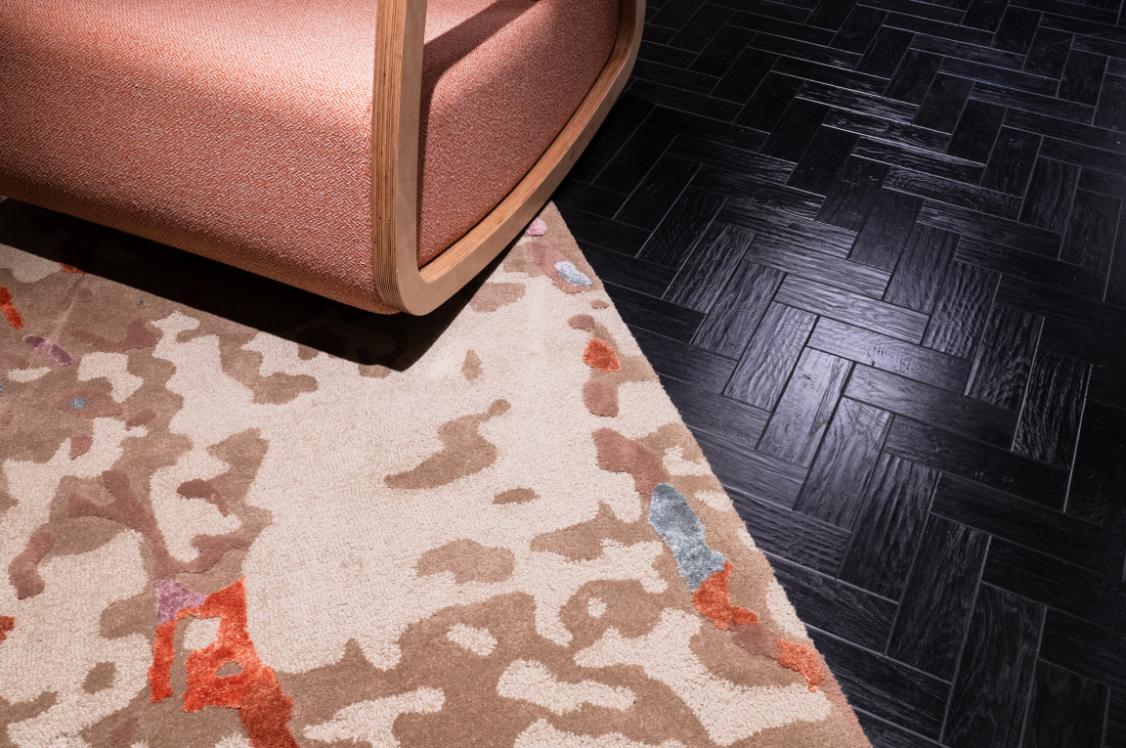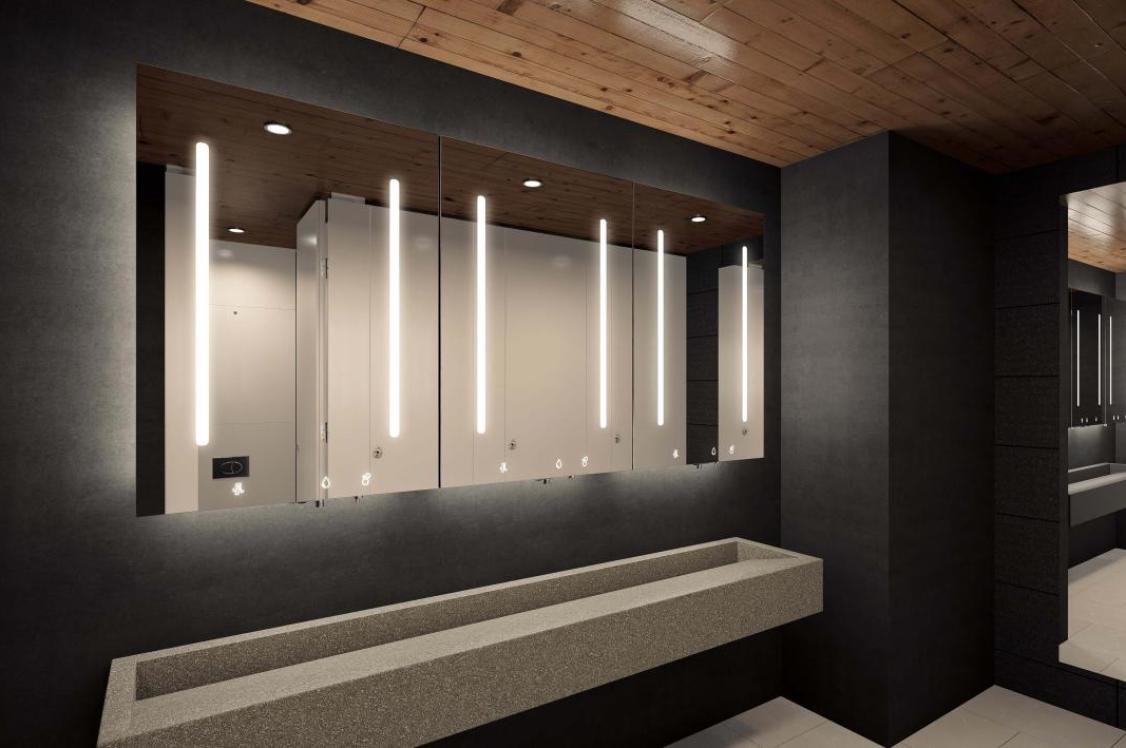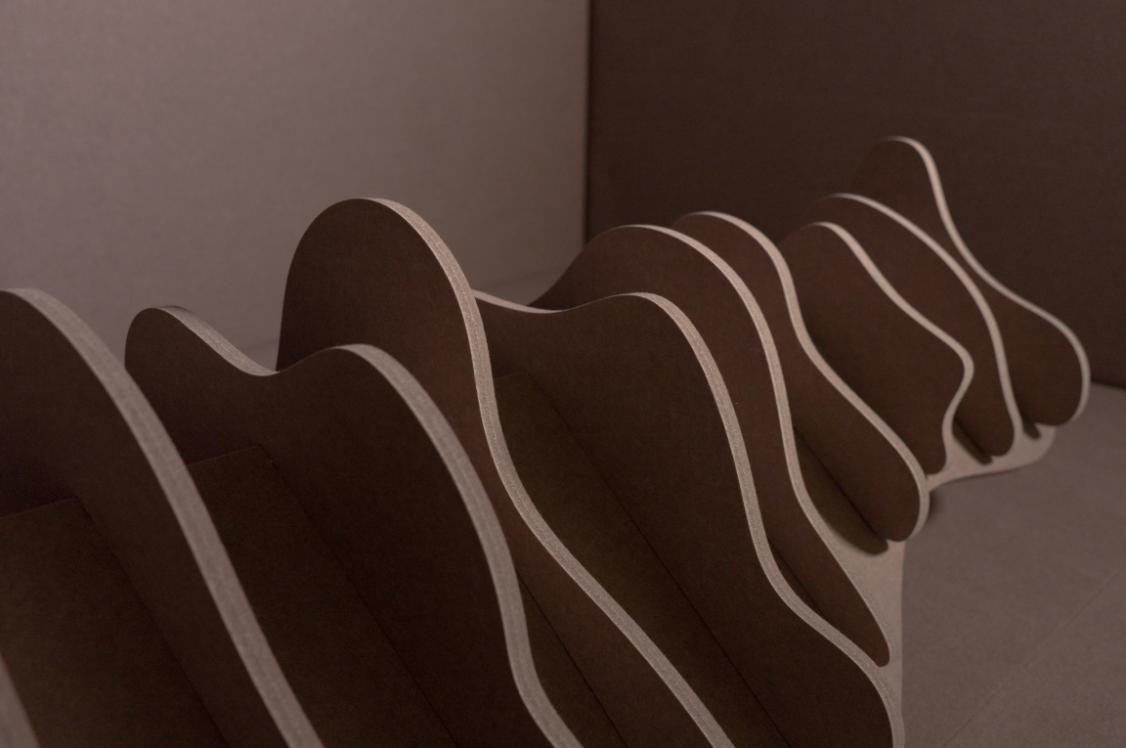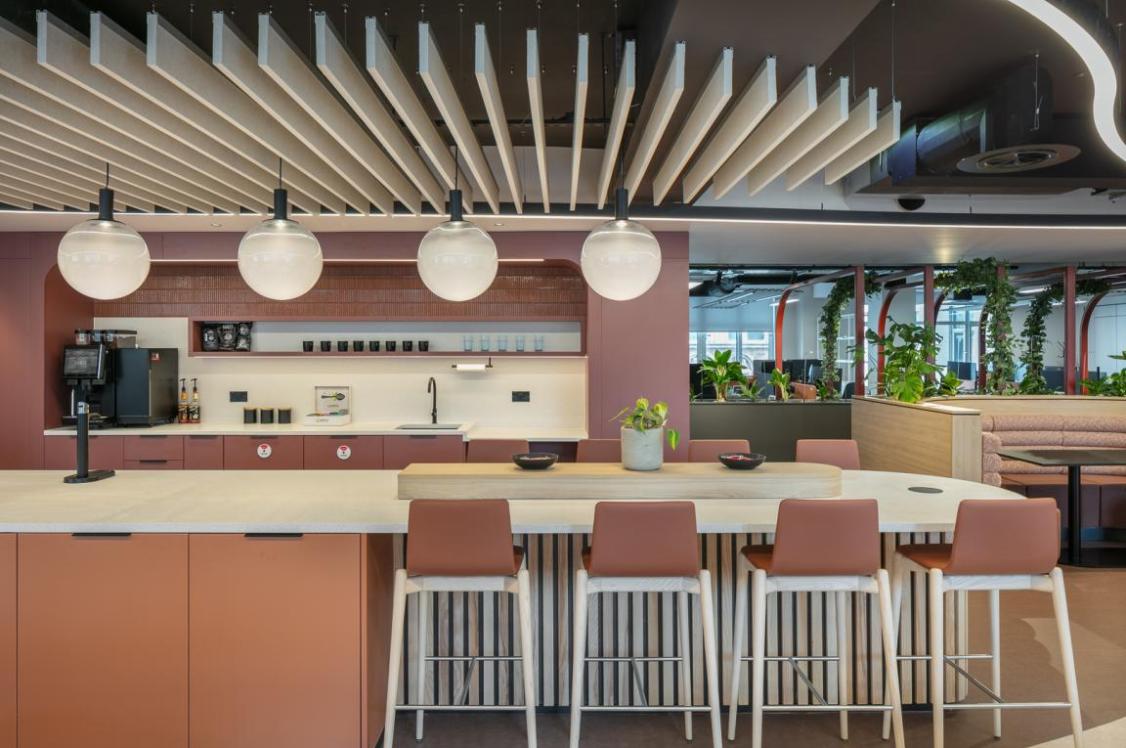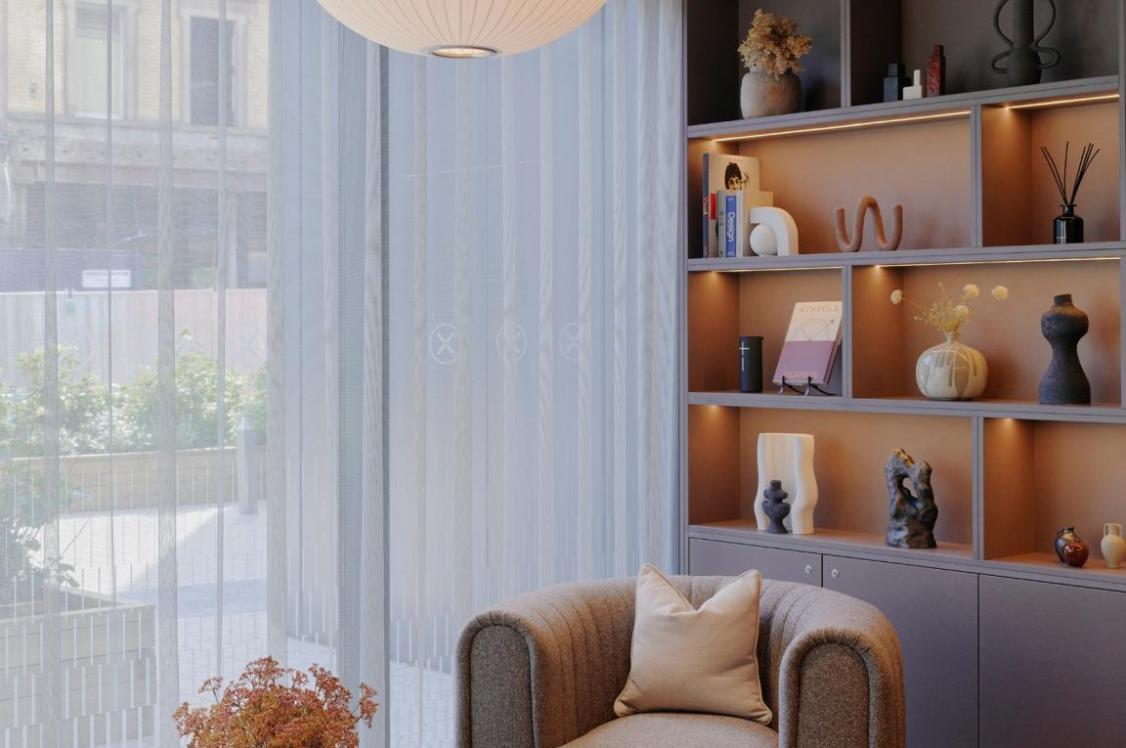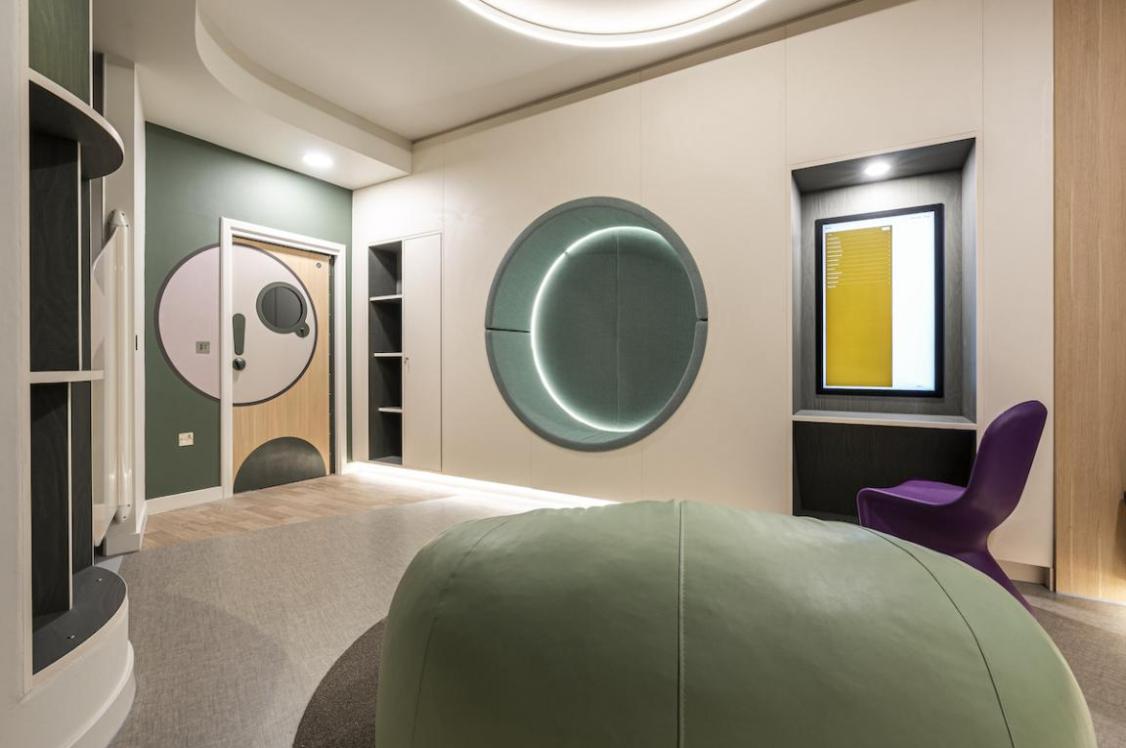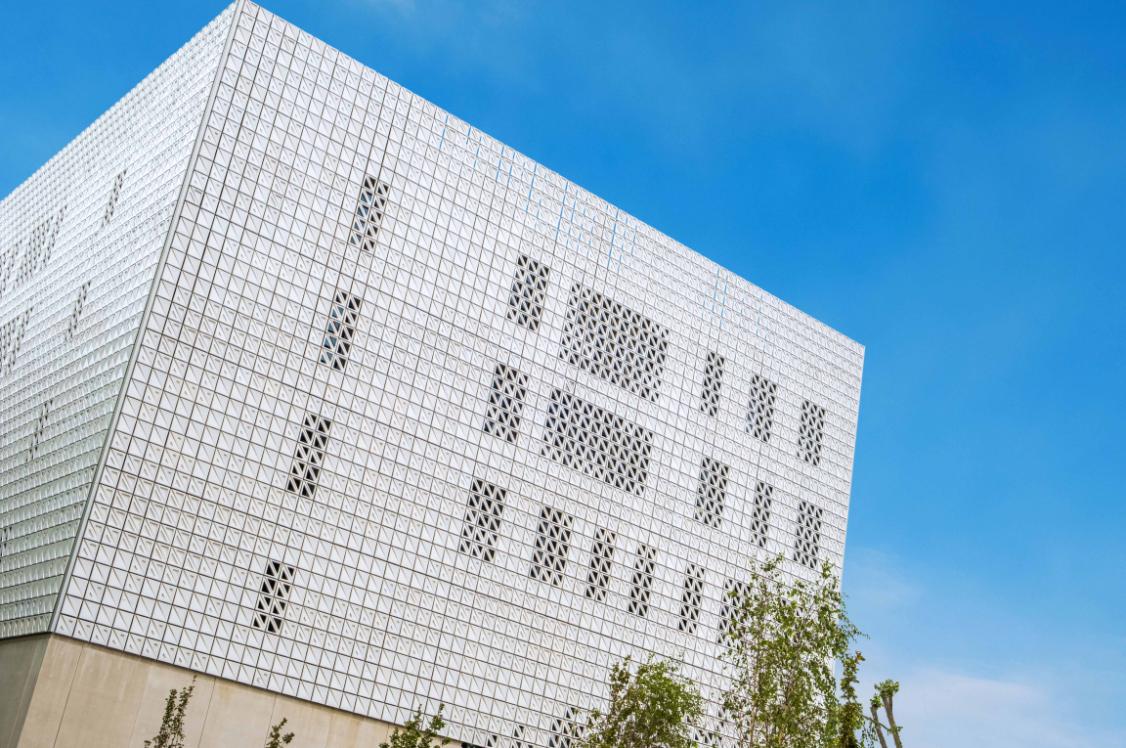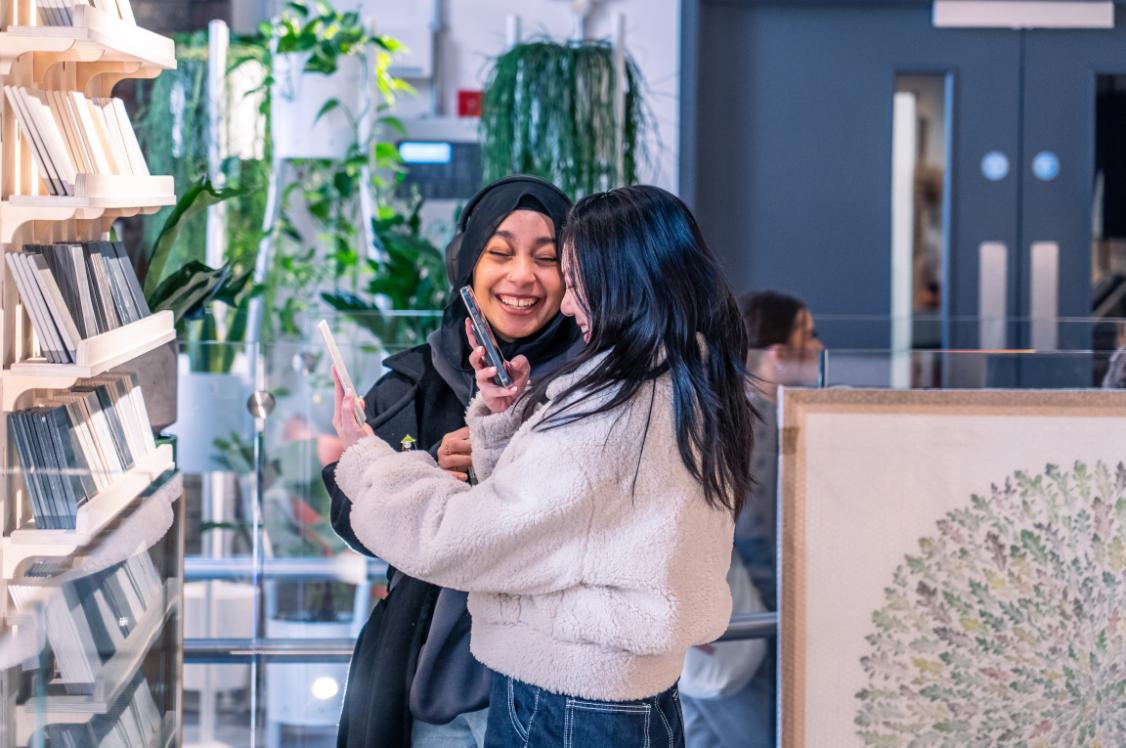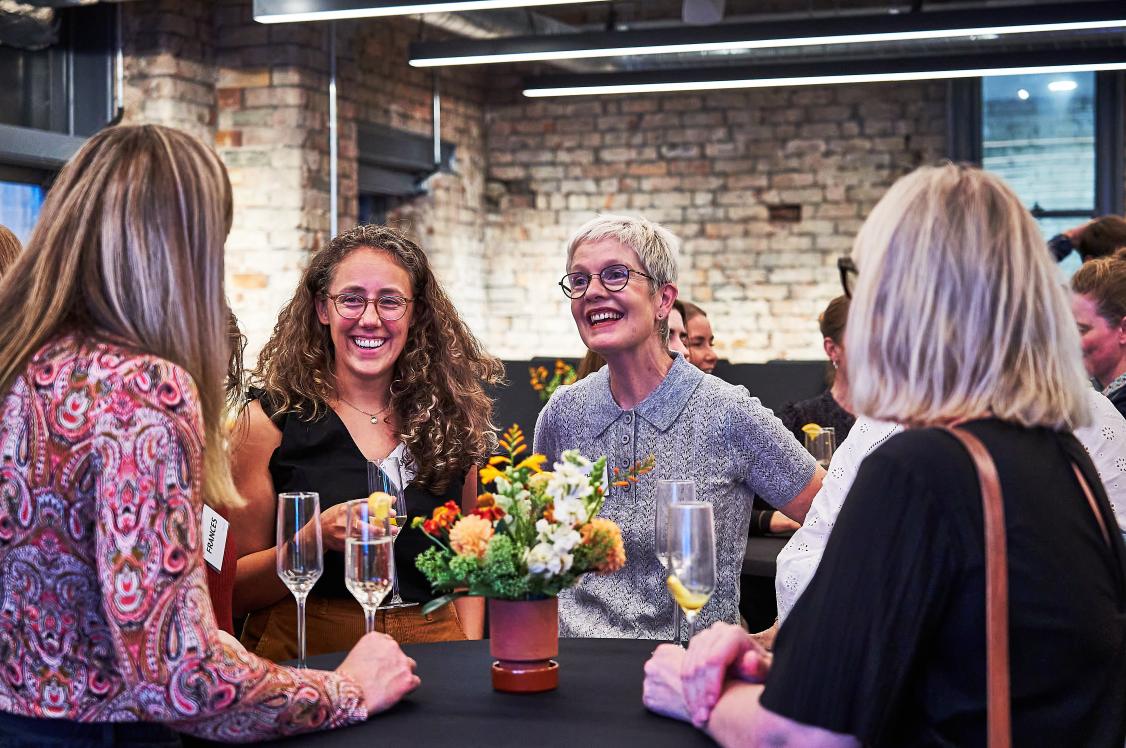Alissa & Nienke’s Spaces for Wellbeing sparks sensorial serenity in its visitors.

Spaces For Wellbeing ©Ronald Smits
Whilst wandering the immensity of Dutch Design Week, we dipped into the rich and divergent spectrum of surfaces that is Alissa and Nienke’s Spaces for Wellbeing, finding ourselves swiftly soothed and entranced upon arrival.
Following on from our Neurodiversity seminar, we are continuing our education in designing for the senses, considering the impact that colour, material and spatial design choices have on the diverse range of users within them. Alissa and Nienke’s Spaces for Wellbeing brings to our sensory attention the importance of surface, sound and even the scent of our surroundings through an array of textile, relief and three dimensional surface installations.
The Eindhoven-based material and design studio puts forward a unique interpretation of surface design, focussing on design, pattern, neuroaesthetics and their interconnectivity to human health and wellbeing. Neuroaesthetics is a relatively new term coined to describe the empirical, neurological effects materials and products place on users. It has gained popularly since the pandemic spurred focus on neurodiverse spaces.
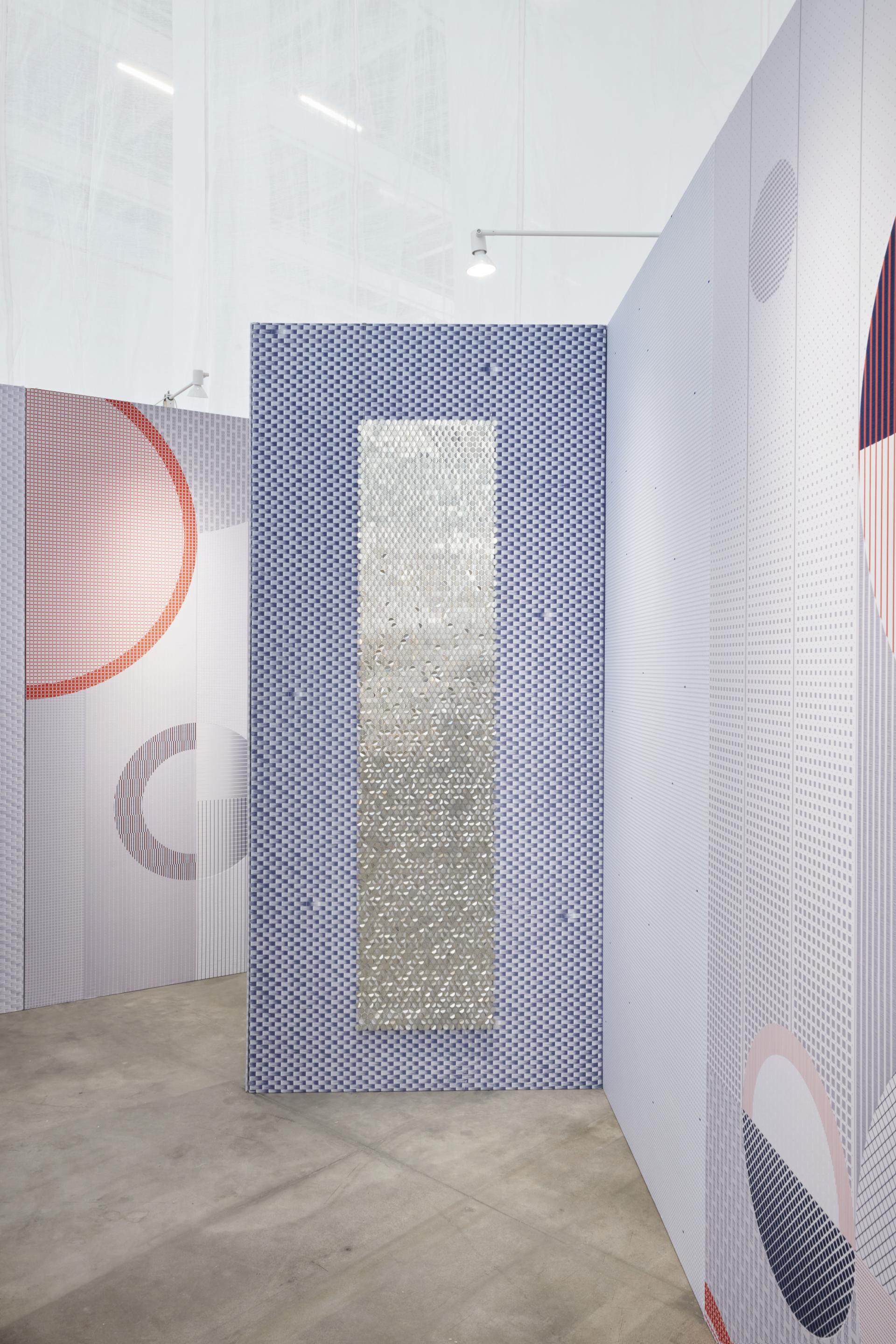
Spaces For Wellbeing ©Ronald Smits

Spaces For Wellbeing ©Ronald Smits
Together with Renske Bongers (a psychologist specialised in senses and spaces) and curator of spatial experiences, Justine Kontou - this science meets surface design collaboration created a research-based space within their DDW exhibit, exploring different sensory stimuli and the effect on visitors’ state of mind.
Visitors were able to explore an abundant neural landscape, engaging all five of their cardinal senses. Fingertips skimmed tactile, relief surfaces and light playfully bounced across modular, metallic stainless steel wall panels, mesmerising visitors into an infantile state of play and remedied relaxation.
Alissa and Nienke utilise a wide range of making processes to create their health informed facades and other products, including experimentation with jacquard weaving machines in developing a wall covering that can be directly applied.
The CC Flow consists of powder coated steel elements that softly move and rotate in the wind, inducing concentration and focus.

CC Flow ©Ronald Smits
The Bio Mirror is an installation based on the concept of a deep breathing tool. It takes inspiration from meditative breath work and can be integrated into the physical space around us to promote relaxation.

Bio Mirror ©Floor Knaapen
The Dangling Mirror is based on Attention Restoration Theory and biophilic design, stimulating the viewers' optical senses. The light reflective, stainless steel panels encourage playful interactivity as when struck or lightly blown upon, it causes a smattering of squares to dance and shimmer against the light. The Dangling Mirror sets out to clear the viewers' mind, allowing them to refocus.

Dangling Mirror
The Mirabillia wall covering is a textile with a waterproof coating, designed to catch light and shadow on its three-dimensional, bubble shaped design features. This product is also available as a 100% wool wall covering.

Mirabilia Wallcovering ©Roos Pierson
Involving their participants within their research, Alissa and Nienke invited people to smell and listen to a series of scents and sounds and contribute their feedback as to how these stimuli made them feel. This primary research will inform their portfolio of products to further enhance people’s health and happiness.
Spaces for Wellbeing puts forward experimental and remedial materials for interior architecture that speak to the senses, brimming with playful elements that captivate and allow users to unwind; an exciting response to understanding and developing optimal therapeutic and healthy environments for both living and working spaces.
To discover more about Spaces for Wellbeing, click here.









